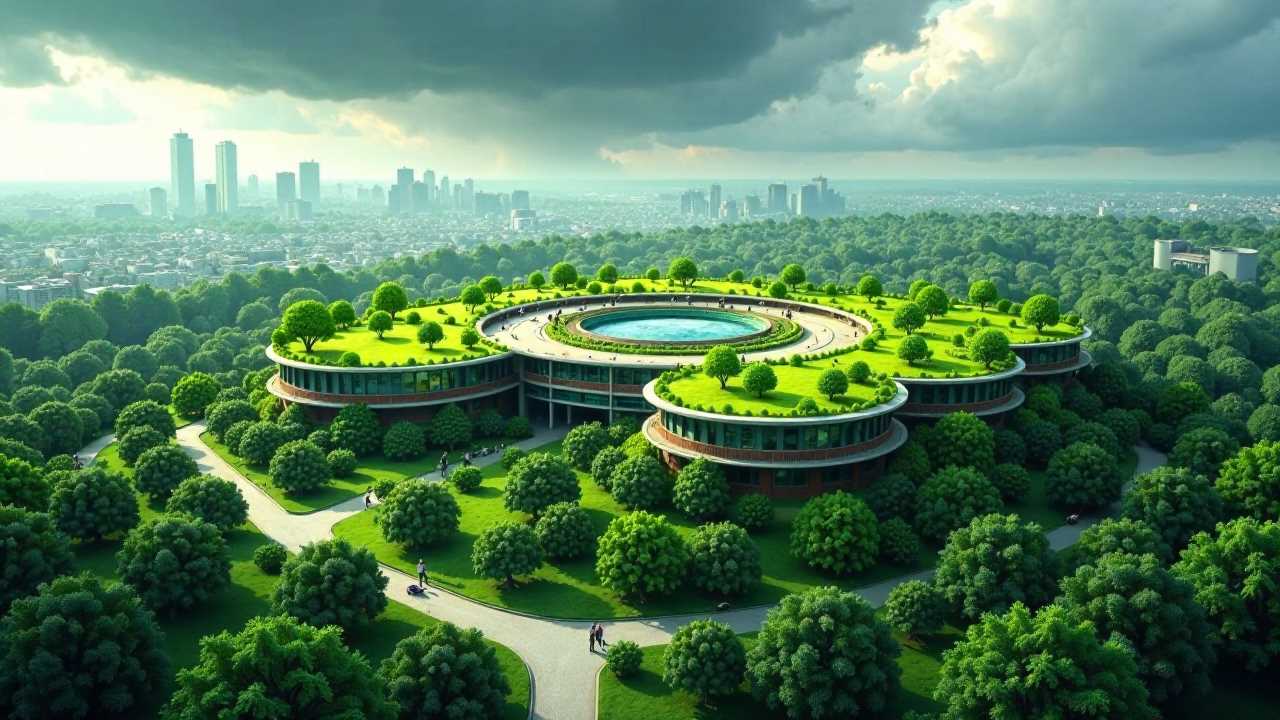
As urban areas continue to expand, the challenges of climate change, biodiversity loss, and environmental degradation become increasingly pressing. One innovative solution that addresses these issues is green roof installation. This guide will delve into the benefits of green roofs, focusing on their role in enhancing biodiversity, managing stormwater, mitigating the urban heat island effect, sequestering carbon, and promoting sustainable architecture.
The Importance of Green Roof Installation
Green roof installation involves the creation of a living roof system that supports vegetation and wildlife. These systems not only beautify urban landscapes but also provide essential ecosystem services. By integrating green roofs into city planning, communities can combat the adverse effects of urbanization while promoting a healthier environment.
Biodiversity: A Vital Component
One of the most significant benefits of green roofs is their ability to enhance biodiversity. By providing habitats for various plant and animal species, green roofs contribute to the overall ecological health of urban areas. Native plants can thrive in these environments, attracting pollinators such as bees and butterflies, which are crucial for maintaining healthy ecosystems.
Combatting the Urban Heat Island Effect
The urban heat island effect is a phenomenon where urban areas experience higher temperatures than their rural surroundings due to human activities and infrastructure. Green roofs help mitigate this effect by providing insulation and reducing the amount of heat absorbed by buildings. This cooling effect not only enhances comfort for residents but also reduces energy consumption for cooling systems.
Stormwater Management: A Sustainable Solution
Effective stormwater management is critical in urban settings to prevent flooding and water pollution. Green roofs absorb rainwater, reducing runoff and allowing for natural filtration. This process helps to manage stormwater sustainably, minimizing the burden on drainage systems and improving water quality in nearby waterways.
Carbon Sequestration: Fighting Climate Change
Green roofs play a significant role in carbon sequestration, capturing carbon dioxide from the atmosphere and storing it in plant biomass and soil. This process helps mitigate climate change by reducing greenhouse gas concentrations. By incorporating green roofs into urban design, cities can contribute to global efforts in combating climate change.
Ecosystem Services: More Than Just Aesthetic
Beyond their aesthetic appeal, green roofs provide numerous ecosystem services that benefit urban environments. These include improved air quality, enhanced thermal insulation, and increased property values. By investing in green roof installation, cities can create healthier, more sustainable living spaces for their residents.
Sustainable Architecture: A Forward-Thinking Approach
Incorporating green roofs into sustainable architecture is a forward-thinking approach that aligns with modern environmental goals. Architects and builders are increasingly recognizing the importance of integrating nature into urban design. Green roofs not only contribute to energy efficiency but also promote a sense of community and well-being among residents.
In conclusion, green roof installation is a powerful tool for transforming urban landscapes. By enhancing biodiversity, managing stormwater, combating the urban heat island effect, sequestering carbon, and promoting sustainable architecture, green roofs offer a multifaceted solution to some of the most pressing environmental challenges of our time. Embracing this innovative approach can lead to healthier, more resilient cities for future generations.
 Business & FinanceHealth & MedicineTechnologyLifestyle & CultureScience & EnvironmentWorld NewsPrivacy PolicyTerms And Conditions
Business & FinanceHealth & MedicineTechnologyLifestyle & CultureScience & EnvironmentWorld NewsPrivacy PolicyTerms And Conditions
